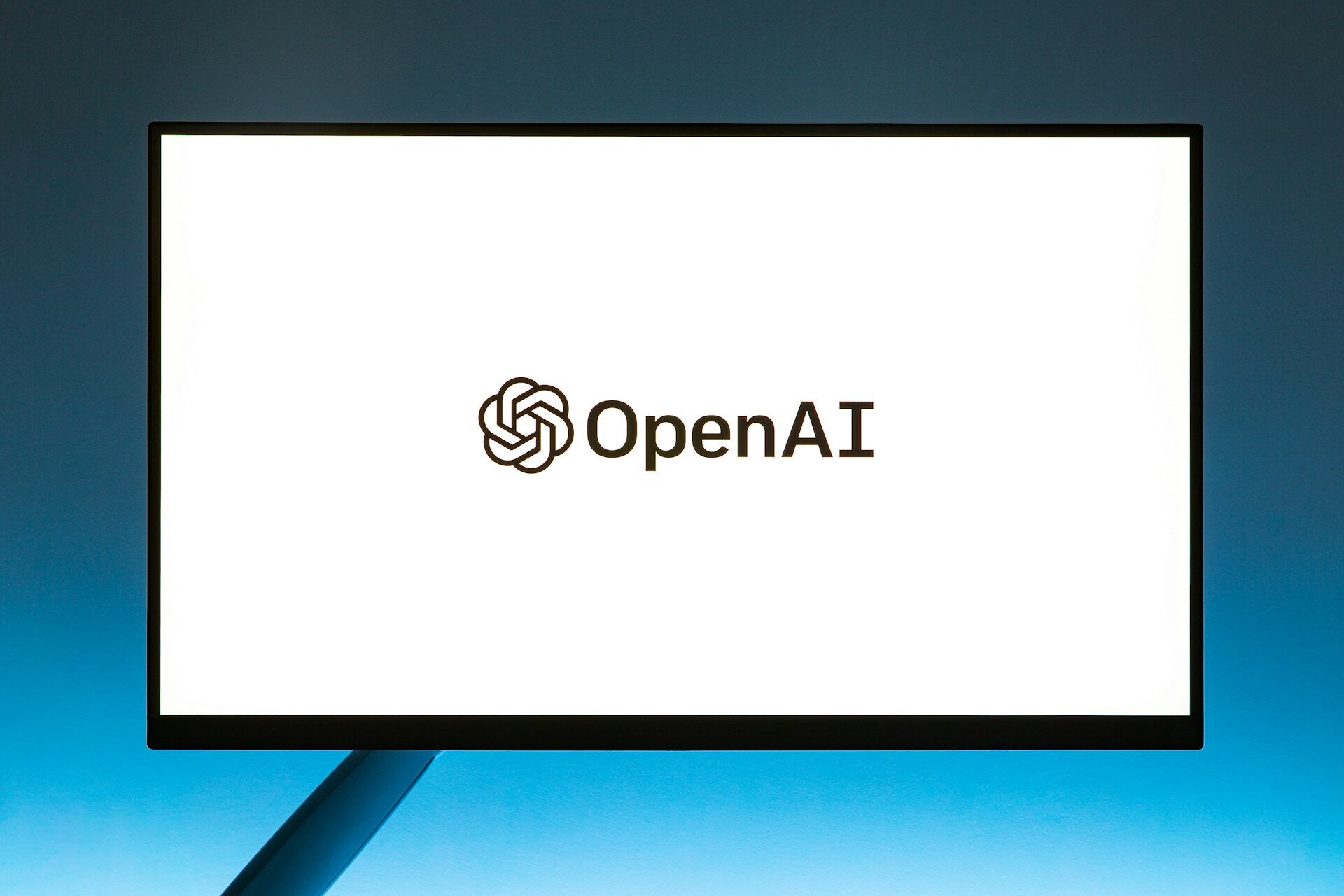
How Semantic Reasoning Enhances AI Performance
November 22, 2023 - Ellie Gabel
Revolutionized is reader-supported. When you buy through links on our site, we may earn an affiliate commission. Learn more here.
Semantic reasoning refers to the ability of a system to understand and interpret data meaningfully. It goes beyond simple data recognition to grasp the underlying context and relationships among different pieces of information.
It is crucial in making systems more intelligent and responsive in AI. With this technology, AI can make better decisions, solve complex problems and predict future scenarios. It elevates the capabilities of AI from mere data crunching to more nuanced understanding and interpretation.
What is Semantic Reasoning?
It is the process of interpreting and understanding the meaning of data and the relationships among different pieces of data. It’s not just about recognizing facts but also about grasping their underlying context and meaning.
Imagine you’re looking at a picture of a family having a picnic in a park. A traditional computer system might recognize shapes and colors and label objects like “tree” or “sandwich.” however, a system with semantic reasoning would understand that it is a family event, likely a leisurely activity and could infer that it’s probably taking place on a weekend based on the context.
The Basics of AI
AI, on the other hand, refers to the simulation of human intelligence in machines. These machines can think, learn and make decisions, often to solve problems or complete tasks.
While AI has made significant strides, it traditionally faces limitations in understanding context and nuance. For example, AI might excel in data analysis but need help to interpret the emotional tone of a piece of text.
Another limitation is the dependency on large data sets for accurate functioning — without enough data, the performance of an AI system may suffer. These constraints highlight the need for enhancements like semantic reasoning to make AI more intelligent and context-aware.
The Intersection of Semantic Reasoning and AI
It enhances AI by adding a layer of understanding beyond basic data processing. Instead of merely analyzing numbers or text, AI systems with this function can grasp the more profound meaning and context of the information they handle. This integration allows for a more holistic approach to data interpretation.
The benefits are substantial, particularly in decision-making. With semantic reasoning, AI can make more informed and nuanced choices. For instance, in health care, it could identify symptoms and understand the relationships between various symptoms, thus aiding in more accurate diagnosis and treatment plans.
Similarly, in finance, it could help AI systems understand market trends on a deeper level, enabling better investment strategies. Overall, including semantic reasoning significantly boosts the intelligence and applicability of these systems.
Technological Frameworks and Tools
Various frameworks and tools are available to implement this function in AI systems. These include ontology-based platforms and machine learning libraries with semantic reasoning capabilities. These frameworks provide the building blocks for creating AI models to understand and interpret data meaningfully.
The impact of these tools on AI performance is profound. For instance, using ontology-based platforms can help an AI system to understand complex relationships within data sets, such as how different medical conditions relate to each other.
Machine learning libraries with semantic reasoning algorithms can make predictive models more accurate and robust. These tools elevate AI from mere calculators to thinking entities capable of understanding context and making nuanced decisions.
Advancements and Innovations
Current semantic reasoning and AI trends focus on making machines more context-aware and capable of natural language understanding. Advances in neural networks and deep learning have led to the development of models that can better interpret human language, sentiment and intent.
Researchers are particularly interested in creating AI systems that can read, understand and generate text almost as naturally as humans can. Noteworthy research in this domain includes work on transformer-based models like GPT-3 and BERT, which have shown remarkable text generation and interpretation abilities.
Another critical area is integrating this technology in conversational agents, which aims to make interactions with AI more natural and insightful. Such research is crucial because it promises to make AI not just a tool for automation but a collaborator that understands context, nuance and human emotions to some extent.
These semantic reasoning and AI advancements are not merely academic exercises — they have real-world implications. They can revolutionize industries like health care, finance and customer service by making AI systems more intelligent and efficient.
Practical Applications
Several industries are reaping the benefits of integrating semantic reasoning and AI into their operations. Health care is one such sector, where it aids in diagnosing medical conditions and suggesting treatment plans. By understanding the complex interrelationships between symptoms, medications and patient history, AI can assist doctors in making more accurate diagnoses.
In finance, it can analyze market trends and investment strategies with a level of nuance that was previously unattainable. It helps financial institutions to predict market movements more accurately, thus enabling better investment decisions.
Another sector significantly benefiting is e-commerce. It allows recommendation engines to understand customer preferences more profoundly, going beyond past purchases to suggest products that fit the user’s lifestyle or needs.
Customer service is also transforming with the help of semantic reasoning in AI. Chatbots and virtual assistants are becoming more intelligent and capable of contextually understanding customer issues and queries.
It improves customer satisfaction and streamlines the support process. It is pivotal in enhancing the capabilities of AI across various industries, making it an indispensable tool for modern business.
Challenges and Limitations
While the potential benefits of integrating semantic reasoning and AI are immense, there are also challenges and concerns to address. One common concern is data privacy. As AI systems better understand context and relationships, they also become more capable of extracting sensitive information, posing privacy risks.
Another challenge lies in the complexity of implementation. Incorporating this technology requires advanced algorithms and, often, a substantial overhaul of existing AI models. It could be more resource-intensive and require expertise that many organizations may need to gain.
The Future of Semantic Reasoning
The advancements in this field are rapid and significant. Continue learning, reading, and engaging with this fascinating intersection of semantic reasoning and AI. The future is not just automated — it’s also semantic, promising a new era of intelligent machines that understand context and content.
Revolutionized is reader-supported. When you buy through links on our site, we may earn an affiliate commission. Learn more here.
Author
Ellie Gabel
Ellie Gabel is a science writer specializing in astronomy and environmental science and is the Associate Editor of Revolutionized. Ellie's love of science stems from reading Richard Dawkins books and her favorite science magazines as a child, where she fell in love with the experiments included in each edition.







